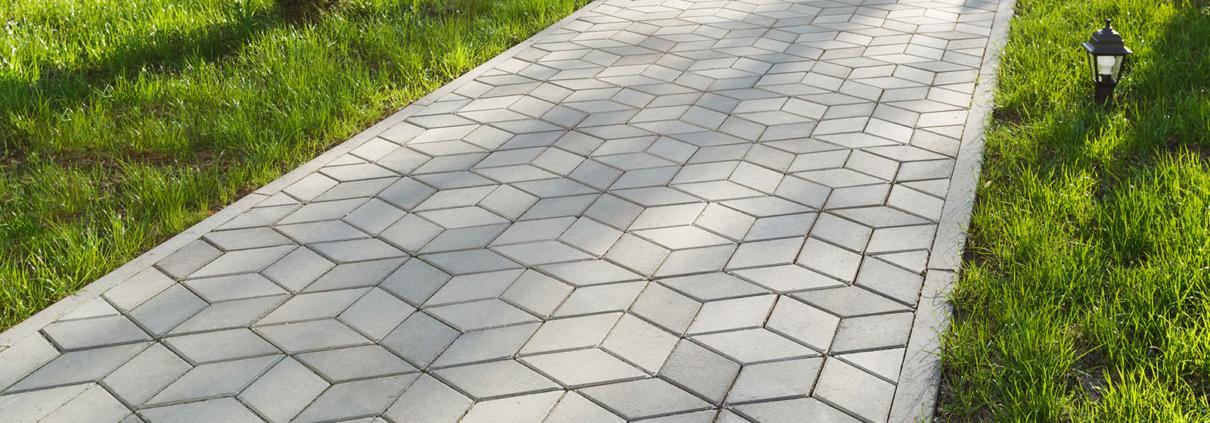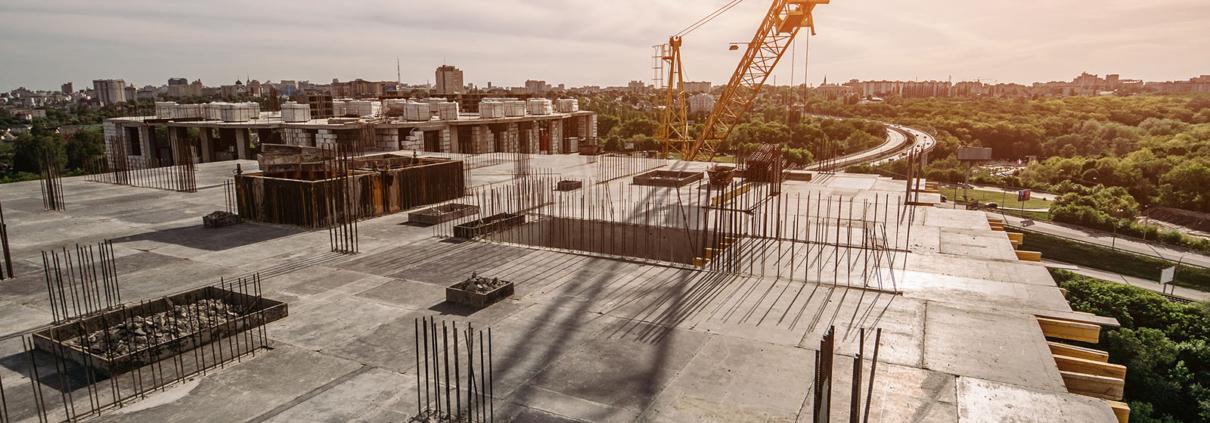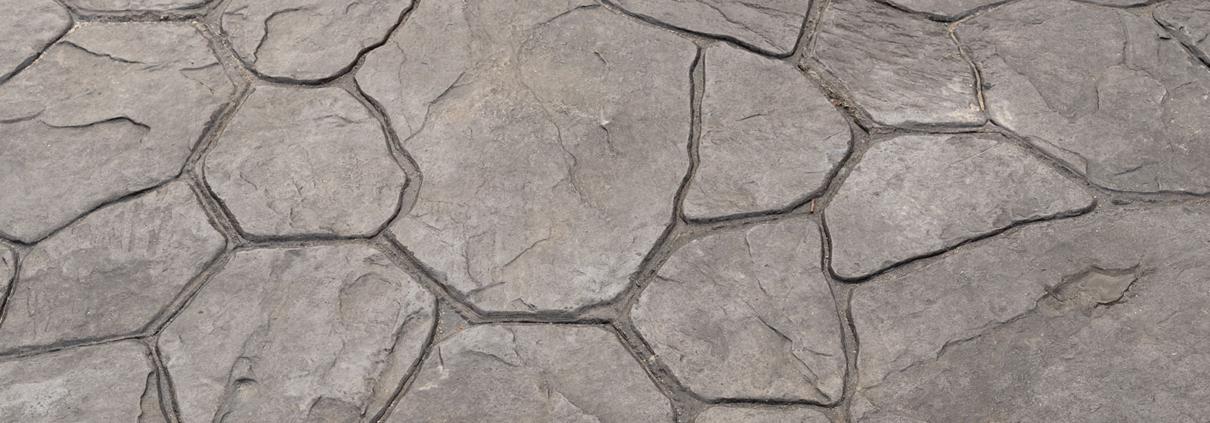Types of Concrete Foundations in Oklahoma City, OK
/in Uncategorized/by guardianThere are various types of concrete foundations. Poured concrete foundations are the most common and sufficient to serve as a foundation. The other types of concrete foundations include post-and-pier foundations and T-shaped foundations. Learn about each of them and how they differ from each other. Below, you’ll find an explanation of their benefits. Listed below are the differences between each type. Each one offers unique advantages and disadvantages.
Post-and-pier
To build a house on a concrete foundation, you must know how to construct post-and-pier structures. This foundation involves placing concrete piers into the soil and then strengthening them with a steel beam. Unlike slab foundations, post-and-pier designs include a crawlspace underneath the home. A crawlspace allows you to access the underside of your house quickly.
A post-and-pier foundation uses special brackets to hold metal pipes. The metal pipes are driven down the frame at varying angles. The pins help spread the weight from above over a broad area of the ground, and they also transfer the downward compressive force into a combination of bending and compressive forces. This type of foundation also promotes air circulation under the house and lifts it above the ground, making it out of the reach of insects and rodents.
A post-and-pier foundation is also known as a pier-and-beam foundation. In this type of foundation, concrete piers rise above the ground. In some cases, wooden posts are mechanically attached to the dock, and both the seats and the piers can support a home. You need at least eight ports, plus one in the center, for an on-grade foundation that uses concrete blocks. To dig the posts, you need a posthole auger to drill the holes 10 to 12 inches deep.
T-shaped
T-shaped concrete foundations are used in regions where the ground freezes. These foundations are constructed below the frost line and are followed by the construction of walls. In places where the ground does not freeze, they are referred to as “slab on grade.”
The T-shaped concrete foundation is a common type of foundation. It is designed to extend below the ground’s freezing point and resist frost damage. It comprises a footing extending deep below the frost line, followed by a concrete wall thinner than the footing. The result is a foundation that resembles an upside-down letter T. Because this type of foundation is more sturdy, it is often the preferred choice of home builders in colder areas.
There are several types of concrete foundations. Concrete slabs are four to six inches thick, while monolithic slab foundations are twelve to 18 inches thick. Both types of foundations require site preparation and reinforcement. The soil underneath the slab should be well-drained and free of organic matter. The code enforcement determines the types of support used but typically includes #4 rebar, which consists of two bendable metal bars. The rebar is tied to the concrete foundation in trenches.
Advantages and Disadvantages of Concrete Foundations in Oklahoma City, OK
/in Uncategorized/by guardianStructures constructed on a concrete foundation are incredibly durable. You can even choose to build your system on an insulated wood foundation to create a warmer crawlspace and draft-free house. Archaeologists have discovered beams made of Cyprus wood in Egyptian pyramids that date back over 6000 years. Certain woods are naturally resistant to mold and insects. Thankfully, the lumber industry has developed techniques to mimic this. Of course, wood is best used in dry soil, so it isn’t a viable option if you’re building in a wet area.
Structures built on a concrete foundation
While there are several advantages to building structures on concrete foundations, there are also disadvantages. A concrete slab can be prone to cracks and other issues. Basement foundations are more durable and typically require less maintenance. Listed below are some essential aspects of a concrete foundation. Here are a few tips for building structures on concrete foundations. Read on to learn more about the advantages and disadvantages of both types of foundations.
Concrete foundations are used in various construction types, including houses, industrial buildings, and mobile homes. The foundation is a critical part of a building’s structural system and transfers loads directly to the earth. Low-rise residential buildings typically use spread footings to support their walls and piers. These foundations are usually a few inches thick and contain rebar or cables to prevent settlement. A concrete grade beam may be installed at ground level in a high-rise building.
Composition
The most basic question about the concrete foundation is how it is designed to resist shear forces. The design of a concrete foundation can be determined from equations, but it is generally impractical for residential footings. Nonetheless, there are certain situations where it is essential to use shear reinforcement. Here are some examples. These conditions include:
a) The footings are the lowest part of a structure. They are massive concrete masses containing rebar designed to support the entire structure’s weight. Typically, the feet are necessary for both large-scale and minor construction projects. Regardless of the type of project, the footings will always be required if a considerable weight will support the structure. The bases are an integral part of the overall foundation.
Requirements
When designing concrete foundations, keeping a few things in mind is essential. While residential concrete foundation walls are typically six to ten inches thick, the typical compressive strength of these walls is 2,500 to 3,000 psi. Other powers are available, and these are generally based on market supply. The foundation should be designed to transfer imposed loads to the subsoil regardless of strength. The foundation should be sufficiently deep and be located to safeguard against changes in the subsoil.
Concrete is often required for foundations in the coldest climates. It must be cured before use, as it will lose up to 50% of its strength and cohesiveness if it is not fixed correctly. Backfill heights should not exceed the requirements outlined in Table 4.5. In addition to the concrete foundation footing, a foundation wall must be constructed to support the weight of the building. The foundation wall is a load-bearing wall that extends above and below ground level.
Types of Concrete Driveways in Oklahoma City, OK
/in Uncategorized/by guardianIf you’ve been considering changing the look of your driveway, you may want to think about stained concrete. Whether your home is modern or classic, stained concrete can help you create a unique look for your property. Another option is concrete engraving, which involves using tools for etching designs into the concrete. These designs are permanent and will not wear away over time. In this article, we’ll discuss several types of stained concrete driveways and give some tips for choosing the right one for you.
Exposed aggregate concrete
While exposed-aggregate driveways are incredibly durable, they can be prone to cracks, dents, and weeds on the top layer. They can also be challenging to clean since they can be slippery in wet areas. If you’re considering installing this type of driveway on your property, you should hire a professional to ensure it is correctly installed. Incorrect installation could lead to problems down the line.
In addition to the high durability of this type of driveway, you can choose from various design options, including varied colors and textures, as well as shapes and sizes. When selecting your stained concrete driveways, consider the type of aggregate you want to use. While identical mixes can look different, they should be compatible with the kind of soil in your area. In addition, you should choose the right type of cement for the application because the aggregate used in an exposed-aggregate driveway can be prone to cracking.
Colored concrete
If you want to change the look of your driveway, one option is to get colored concrete. There are several kinds of colored concrete, including acid stains, dyes, and sealers. Colored concrete is an inexpensive way to change the look of your driveway, and the cost of the process is comparable to the cost of an exposed aggregate driveway. The price will vary, however, depending on your application type and color.
The installation cost varies significantly between companies, depending on the complexity of the configuration. Get detailed bids from at least three different professionals to get an accurate estimate. If possible, use several vendors to reduce the project’s overall cost. If possible, you can complete the job when there is less demand for services in the area. If you’re unsure of the exact price, make an appointment with the contractor and get an estimate in writing.
Stamped concrete
One of the most popular types of driveways today is stamped concrete. This material is incredibly durable and easy to maintain. It can also create decorative pathways, patios, and outdoor living areas. The possibilities are endless. The driveway itself can even be designed to incorporate the color scheme of the rest of the home. The following are some of the benefits of stamped concrete:
First of all, stamped concrete is expensive. Lower prices typically include one solid color stain, while higher prices can include two colors and hand-wiped colors. The cost may also be higher if two different patterns are stamped simultaneously. Visit a local home improvement center to learn more about stamped concrete prices.
Maintenance
You probably know the importance of proper maintenance if you have a concrete driveway. If you want your driveway to last long, you should regularly reseal it. However, sanding can weaken the concrete surface and damage the surrounding cement. Rather than sanding your driveway, you should use a grinder to clean it thoroughly. After the grind, give the feeling about twenty-four hours to dry.





